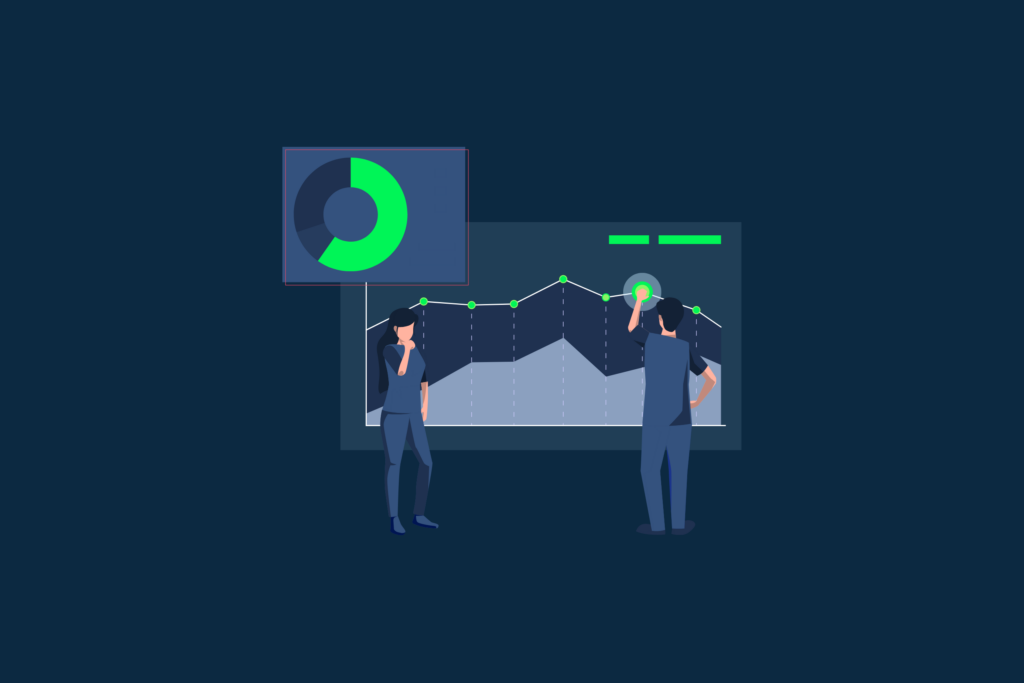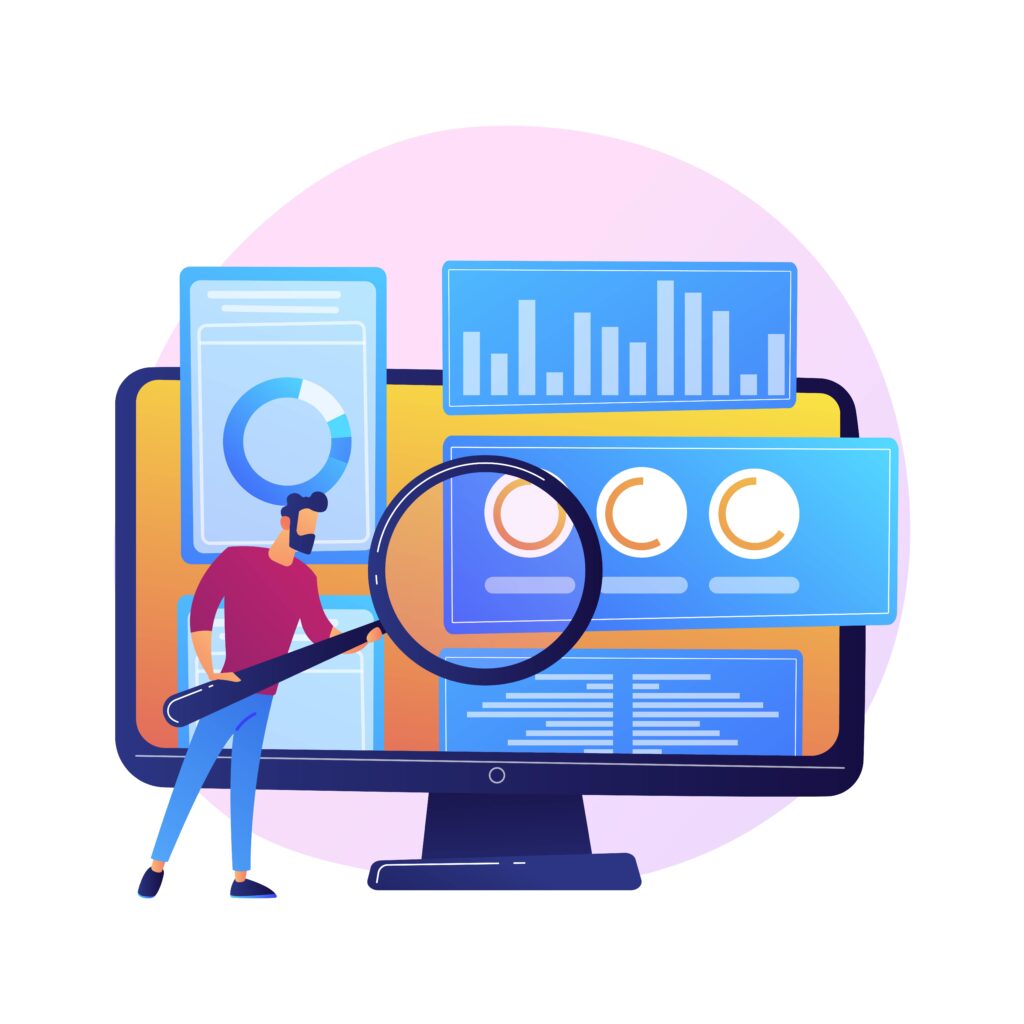
In today’s data-driven world, businesses and organizations are increasingly turning to analytics to gain valuable insights from their data.
Two critical branches of analytics, predictive and prescriptive analytics, play a pivotal role in helping companies make informed decisions.
In this comprehensive blog, we will delve into the distinctions between predictive and prescriptive analytics, their significance, and why understanding these differences is crucial for maximizing the value of data-driven strategies.

Predictive Analytics: A Glimpse into the Future
Predictive analytics is a subset of advanced analytics that uses historical data and statistical algorithms to make predictions about future events or trends.
It essentially answers the question, “What is likely to happen?” Predictive analytics leverages patterns and relationships within data to forecast outcomes with varying degrees of certainty.
Key Components of Predictive Analytics
Historical Data:
- Predictive analytics relies on historical data to identify patterns and trends. This data includes variables and features that may impact the outcome being predicted.
Machine Learning Algorithms:
- Machine learning algorithms are commonly used in predictive analytics to build models that can make predictions based on historical data. Common algorithms include regression, decision trees, and neural networks.
Data Exploration and Feature Engineering:
- Data scientists and analysts often explore and preprocess data to prepare it for predictive modeling. Feature engineering involves selecting, transforming, or creating new features that enhance the model’s predictive power.
Model Evaluation:
- Predictive models are evaluated using various metrics such as accuracy, precision, recall, and F1-score to assess their performance in making accurate predictions.
Future Predictions:
- Once trained and validated, predictive models are used to make forecasts or predictions about future events, such as sales, customer behavior, or equipment failures.
Prescriptive Analytics: Guiding Action and Decision-Making
Prescriptive analytics, on the other hand, goes beyond predicting future outcomes.
It provides recommendations on what actions should be taken to achieve desired outcomes, addressing the question, “What should we do about it?” Prescriptive analytics leverages advanced techniques, including optimization and simulation, to guide decision-making.
Key Components of Prescriptive Analytics
Predictive Models:
- Prescriptive analytics often starts with predictive models to forecast potential outcomes or scenarios. These models serve as a foundation for prescribing actions.
Business Rules and Constraints:
- Prescriptive analytics incorporates business rules and constraints, considering factors like budget limitations, resource availability, and regulatory requirements.
Optimization Algorithms:
- Optimization algorithms are used to determine the best course of action that maximizes or minimizes a specific objective, such as profit, cost, or efficiency.
Scenario Analysis:
- Prescriptive analytics can generate multiple scenarios and assess the impact of different decisions under varying conditions. This helps organizations make informed choices.
Actionable Recommendations:
- The output of prescriptive analytics is actionable recommendations that guide decision-makers in choosing the optimal course of action to achieve desired outcomes.
The Significance of Knowing the Difference
Understanding the difference between predictive and prescriptive analytics is vital for organizations seeking to extract maximum value from their data:
Informed Decision-Making:
- Predictive analytics helps organizations anticipate future trends, while prescriptive analytics takes it a step further by offering actionable insights to make informed decisions that lead to desired outcomes.
Optimizing Resources:
- Prescriptive analytics aids in resource optimization by recommending the most efficient allocation of resources, such as budgets, personnel, and inventory.
Risk Mitigation:
- Predictive analytics can identify potential risks, but prescriptive analytics provides strategies to mitigate these risks effectively.
Competitive Advantage:
- Organizations that embrace prescriptive analytics gain a competitive edge by making more strategic decisions and maximizing their operational efficiency.
Continuous Improvement:
- By combining predictive and prescriptive analytics, businesses can continuously refine their strategies, adapt to changing conditions, and stay agile in dynamic markets.
Conclusion:
Predictive and prescriptive analytics are powerful tools that empower organizations to turn data into actionable insights.
While predictive analytics offers glimpses into the future, prescriptive analytics takes data-driven decision-making to the next level by recommending the best course of action to achieve desired outcomes.
By recognizing the differences between these two approaches, organizations can harness the full potential of their data and gain a competitive advantage in an increasingly data-centric world.